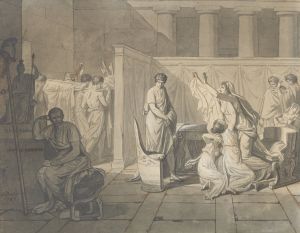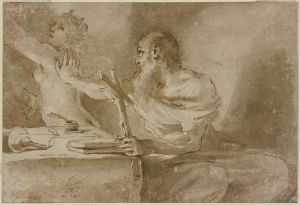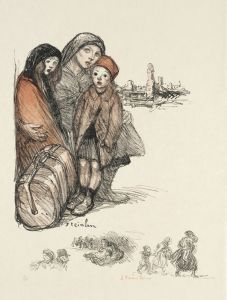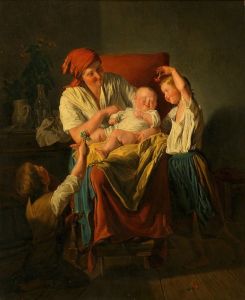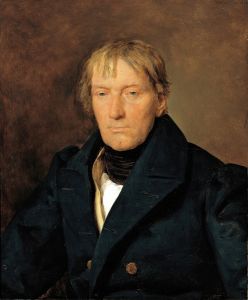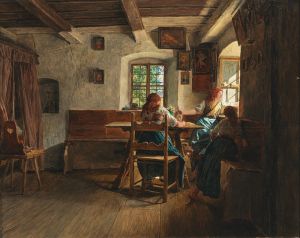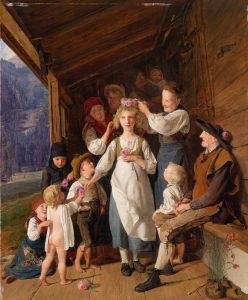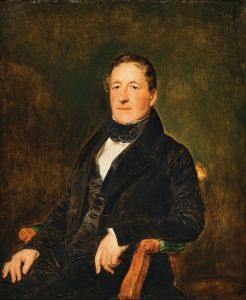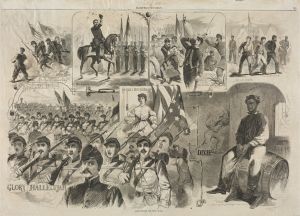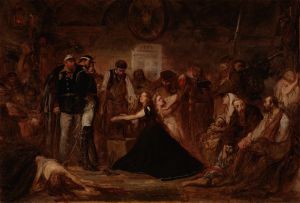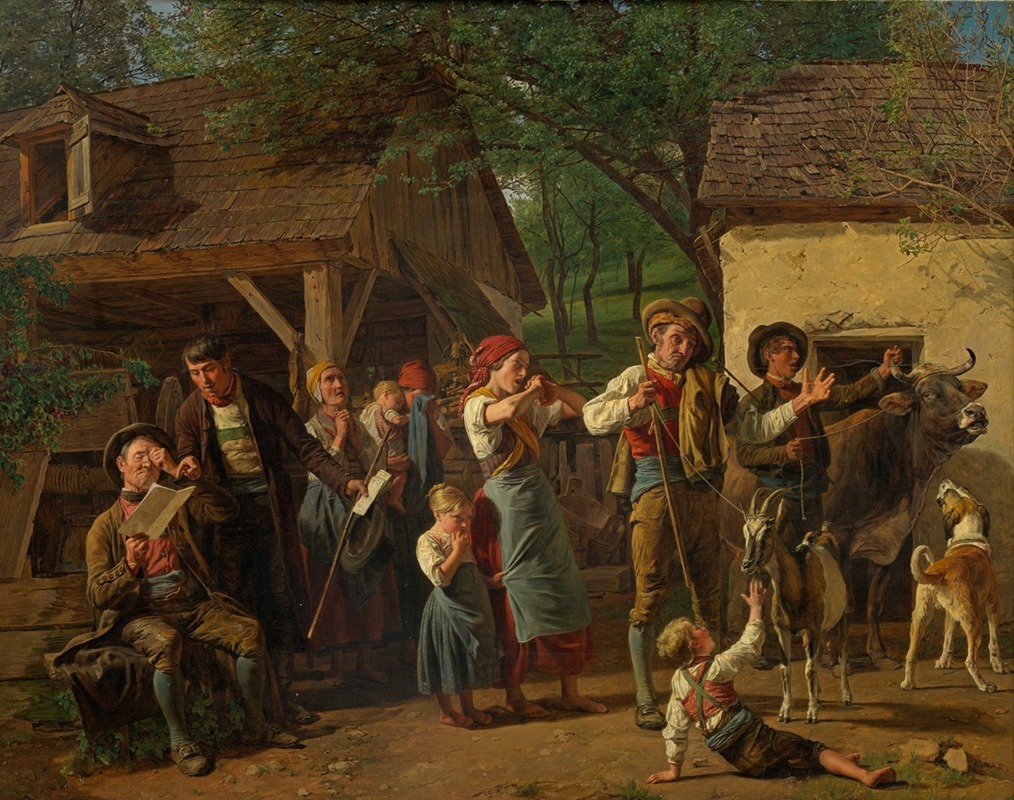
Die Pfändung
A hand-painted replica of Ferdinand Georg Waldmüller’s masterpiece Die Pfändung, meticulously crafted by professional artists to capture the true essence of the original. Each piece is created with museum-quality canvas and rare mineral pigments, carefully painted by experienced artists with delicate brushstrokes and rich, layered colors to perfectly recreate the texture of the original artwork. Unlike machine-printed reproductions, this hand-painted version brings the painting to life, infused with the artist’s emotions and skill in every stroke. Whether for personal collection or home decoration, it instantly elevates the artistic atmosphere of any space.
Ferdinand Georg Waldmüller was an Austrian painter known for his contribution to the Biedermeier period, a time characterized by a focus on realism and detail in art. One of his notable works is "Die Pfändung" (The Seizure), which reflects the socio-economic conditions of the 19th century in Austria.
"Die Pfändung" was painted in 1835, a time when Waldmüller was deeply engaged in capturing the everyday life and struggles of the common people. The painting is a poignant depiction of a rural scene, illustrating the harsh realities faced by individuals during that era. Waldmüller’s attention to detail and his ability to convey emotion through his subjects are evident in this work.
The painting portrays a moment of distress and tension as a family faces the seizure of their belongings. This was a common occurrence during the time due to economic hardships and the strict enforcement of debts. The scene is set in a modest, rural household, emphasizing the vulnerability and helplessness of the family. Waldmüller’s use of light and shadow enhances the emotional impact, drawing the viewer’s attention to the expressions of despair and resignation on the faces of the family members.
Waldmüller was known for his ability to capture the essence of his subjects with great empathy and realism. In "Die Pfändung," he uses these skills to highlight the social issues of his time, making a subtle commentary on the economic disparities and the impact of financial instability on ordinary people. The painting serves as a historical document, offering insight into the lives of those who were often overlooked in the grand narratives of history.
The composition of the painting is carefully structured to guide the viewer’s eye through the scene. Waldmüller’s mastery of perspective and his meticulous attention to detail are evident in the way he renders the interior of the home and the expressions of the figures. The use of color is also significant, with muted tones reflecting the somber mood of the scene.
"Die Pfändung" is an example of Waldmüller’s broader body of work, which often focused on themes of rural life and the human condition. His paintings are celebrated for their technical precision and their ability to evoke emotion, making him one of the leading figures of the Biedermeier period. Waldmüller’s work continues to be studied and appreciated for its artistic merit and its reflection of 19th-century Austrian society.
Today, "Die Pfändung" is housed in the Belvedere Museum in Vienna, where it remains an important piece of Austria’s cultural heritage. The painting not only showcases Waldmüller’s skill as an artist but also serves as a reminder of the socio-economic challenges of the past, offering a window into the history and lives of those who lived during that time.





